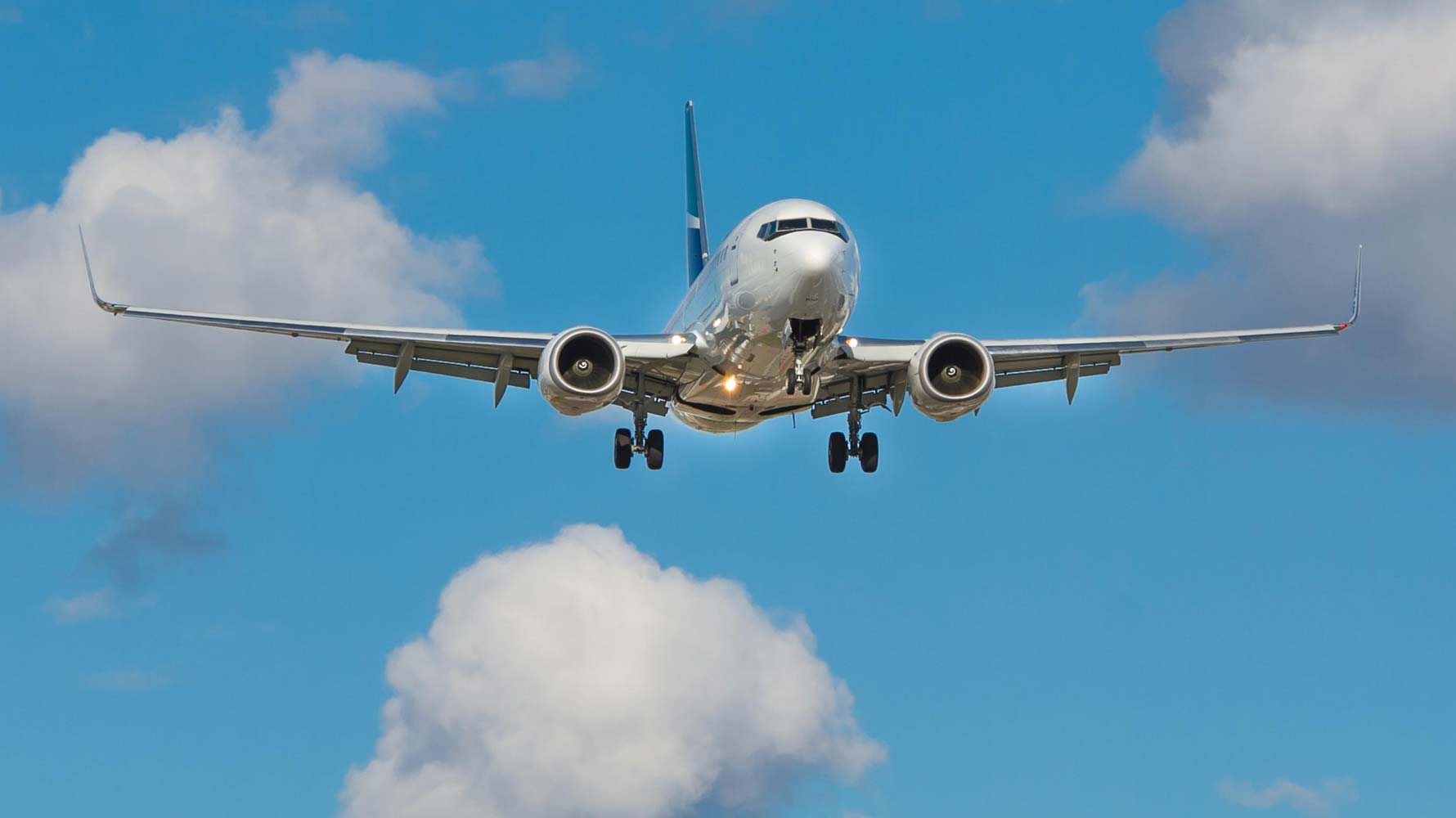With the aviation industry experiencing a slow return to travel – the industry is predicted to lose over 300 Billion USD as a result of the pandemic - airlines around the world have introduced measures and protocols to provide passengers with assurance to fly again.
Even as most borders remain closed or restricted to essential travel, the flight experience has been completely overhauled. Here are 5 changes you can expect on your next flight out:
- Health declarations and travel documents
These are expected to stick around for some time as governments continue to battle the spread of COVID-19. With ever-evolving travel restrictions, airlines have been working closely with authorities on the types of health declarations and documents required to fly – these include recent travel and transit history, current health conditions, whether passengers have had contact with any COVID-19 patients in the last 14 days, and test results for some countries.
If you need to travel during this period, review your company’s travel policy and ensure you are kept up-to-date on what you need to do before you fly. Use our CWT Travel Essentials tool for select country requirements, and IATA’s regulatory information by country, for passport, visa, and quarantine requirements.
- Contactless
Have you ever kept a collection of your physical boarding passes or used them as bookmarks? Expect to see less of these as airlines push for the use of online check-in and mobile boarding passes to minimize contact. For passengers with check-in baggage, many airports have contactless check-in and bag-drop facilities using automated kiosks.
Should there be a need to check-in at the counters, you might encounter staff standing behind clear shields or sneeze guards as an extra layer of protection.
Onboard, you might find yourself grouped into dedicated seating zones to separate transit passengers from non-transit passengers, have the seats near you blocked off, or experience more stringent boarding and deplaning procedures to ensure safe-distancing and minimize contact.
- Protective equipment and masks
Many airlines have mandated the wearing of masks throughout each flight, except for mealtimes. It is also recommended that masks be changed every 4 hours.
To protect the safety of employees, airlines have provided cabin crew with protective equipment such as masks, goggles, gloves, and face visors.
- Cleaner planes
Most airlines have introduced frequent cleaning procedures before and during the flight using high-grade industrial disinfectants and electrostatic sprayers. Passengers can also request individual anti-bacterial wipes or sanitizers if available.
Many planes are equipped with hospital-grade High-Efficiency Particulate Air (HEPA) filters capable of removing more than 99.9% of microbes in the air. It has been reported that EPA approval was given to a major airline to use a breakthrough surface coating that kills viruses for 7 days, and may become more widespread.
- Simplified in-flight services
Business and first-class passengers may find their usual multi-course meal service replaced with a single-tray meal service to reduce contact. For some airlines, meal service has been suspended either due to safety or regulatory reasons, or simplified with the provision of sealed snack bags and beverages.
Inflight duty-free shopping will also likely be unavailable to reduce interaction between passengers and the cabin crew.
Read up on essential resources and information on returning to travel.


